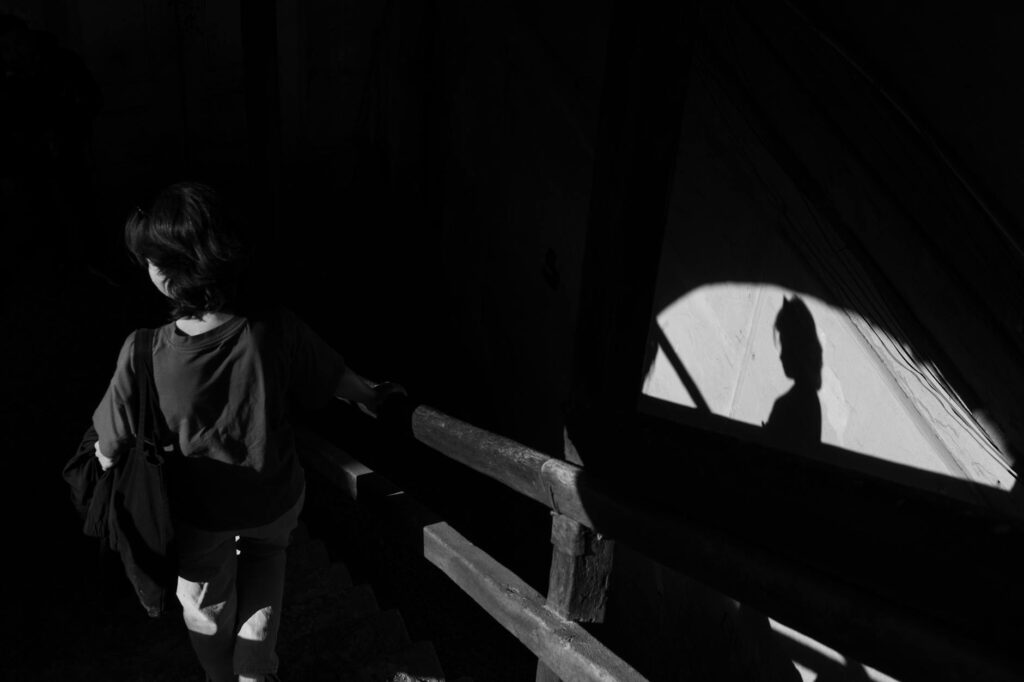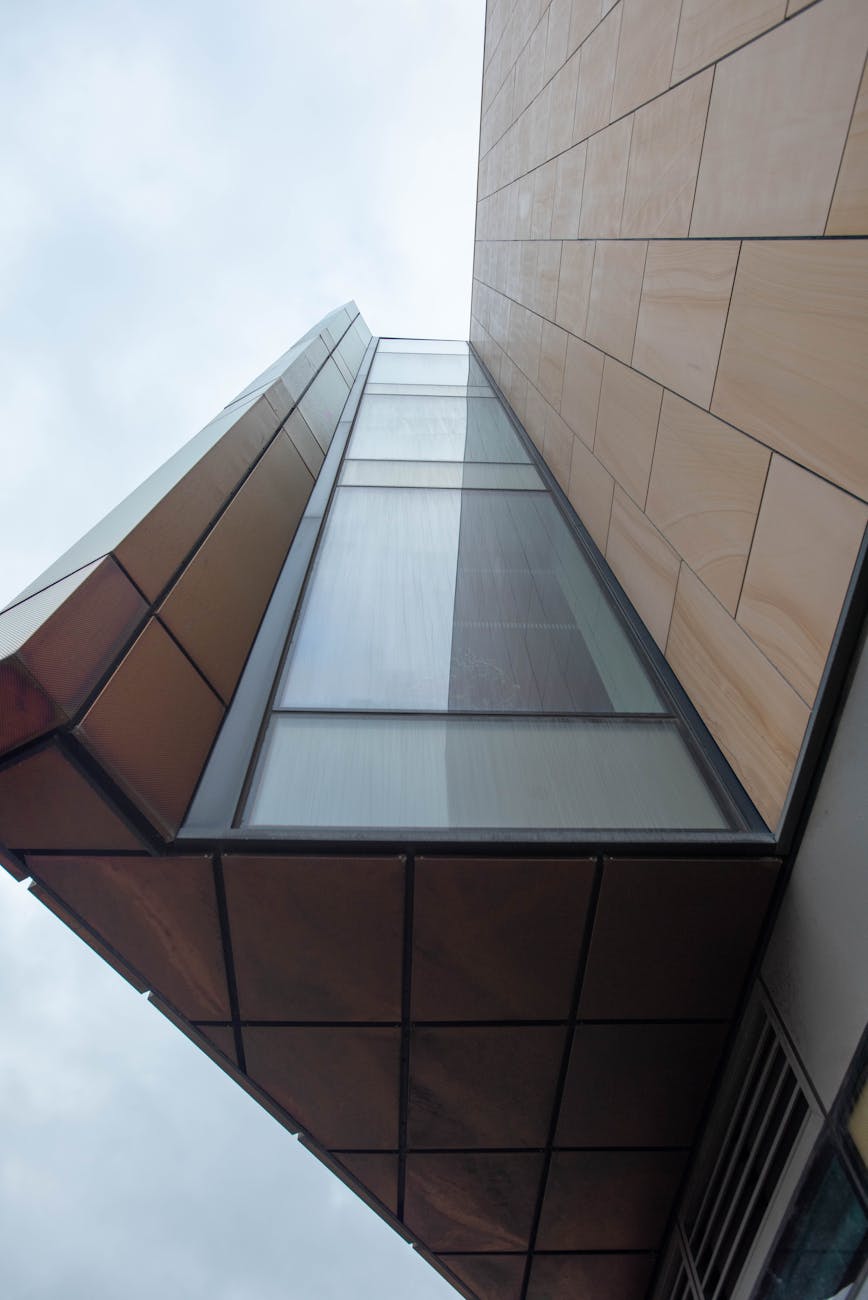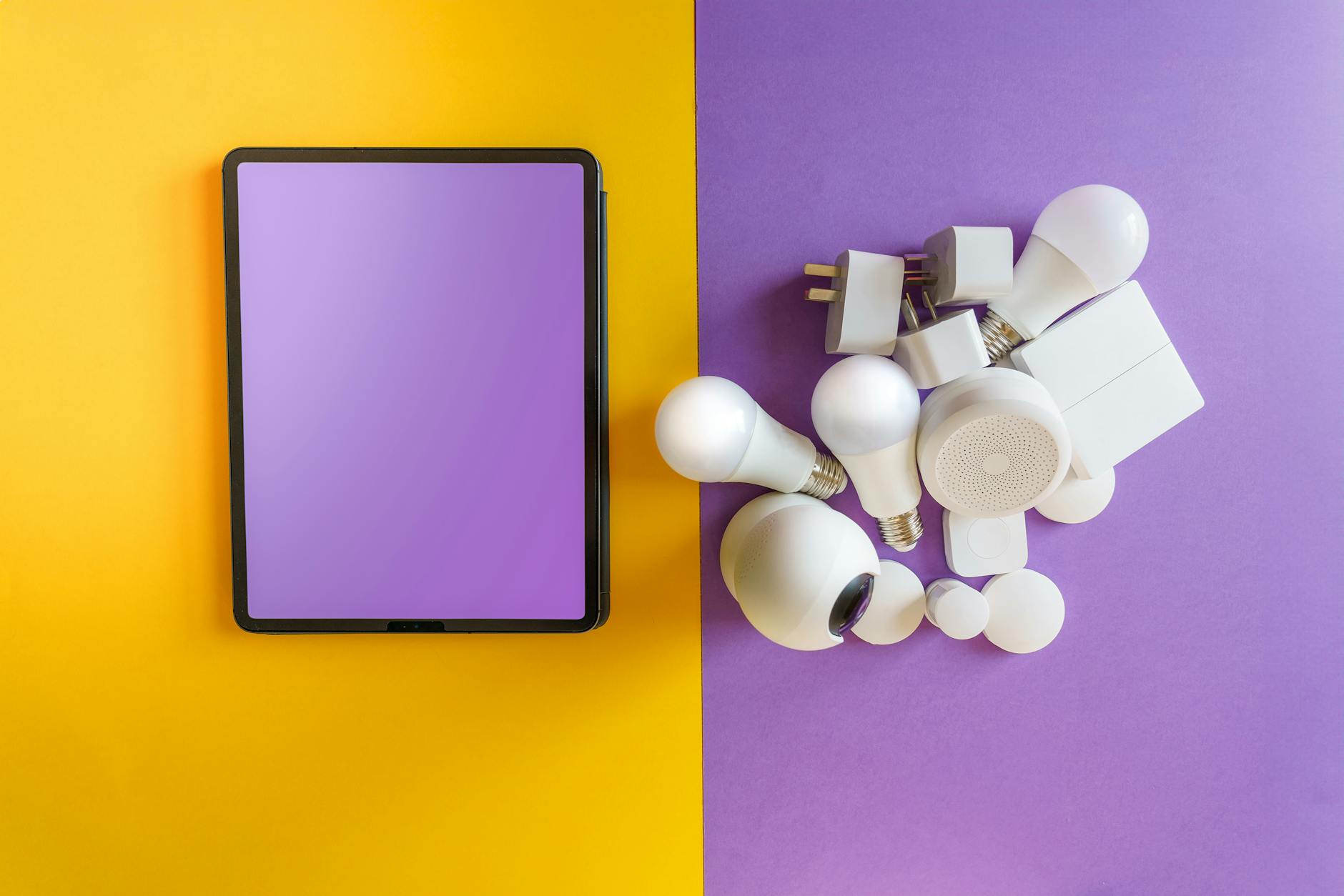Uncovering the financial benefits of LED lighting goes beyond just saving on your monthly electricity bill. In this detailed exploration, we will unveil the myriad ways in which LED lighting not only enhances your living or workspaces but also contributes significantly to unseen savings over time. From longevity and energy efficiency to health benefits and environmental impacts, the hidden treasures of LED lighting are abundant and multifaceted.
Longevity Leads to Savings
LED lights have a remarkable lifespan compared to traditional lighting options. A typical LED bulb can last up to 25,000 hours, which immediately reduces the frequency of replacements. This longevity translates into considerable savings on purchasing costs over the years.

Energy Efficiency Equals Cost Efficiency
Energy efficiency is the hallmark of LED lighting. Using up to 75% less energy than incandescent bulbs, LEDs dramatically decrease electricity consumption and, consequently, the utility bills. This efficiency does not compromise performance, making it a financially savvy choice.
Reduction in Heat Emission
Unlike traditional bulbs which waste a lot of energy in heat, LEDs operate cooler and more efficiently, reducing the need for air conditioning during warmer months. This subtle yet impactful factor contributes to lower energy bills.
Improved Health and Productivity
LED lighting is known to emit a spectrum of light that promotes wakefulness and can enhance productivity. This can translate into better outcomes in both workplace settings and at home, potentially leading to financial benefits in terms of productivity.
Environmental Benefits and Rebates
Switching to LED lighting contributes to a reduction in carbon footprint. Moreover, many governments and utilities offer rebates and incentives for LED adoption, providing direct financial benefits and encouraging a green transition.

Durability and Less Maintenance
LEDs are incredibly durable and designed to withstand rough conditions. This durability leads to reduced maintenance and replacement costs, further enhancing their financial appeal over other lighting options.
Compatibility with Smart Home Technologies
Modern LED solutions are often compatible with smart home technologies, allowing for automated energy savings and improved home management, which can positively influence overall costs.
Quality of Light
LEDs offer superior light quality, improving visibility and ambiance. This can reduce eye strain and headaches, indirectly affecting productivity and health-related costs.
Flexibility in Design Options
With LEDs, the options for creative lighting designs are vast. This flexibility can increase property values and appeal, directly impacting real estate prices.
Reduced Hazardous Waste
LED bulbs do not contain mercury, reducing the risk of contamination and cost associated with hazardous waste management, unlike their fluorescent counterparts.
Instant Lighting and Frequent Switching
LED lights brighten up immediately when turned on and can withstand frequent switching without affecting their lifespan. This responsiveness is not only convenient but also cost-effective in the long run.
Lower Voltage Operation
LEDs require less voltage than traditional bulbs, making them an ideal choice for energy-saving lighting systems in remote areas, further reducing energy consumption costs.
Attractive Return on Investment
Despite their higher initial cost, the return on investment for LED lighting is compelling, driven by the cumulative savings on energy, replacements, and maintenance.
Government and Industrial Shift Towards LEDs
The increasing push from government and industry towards energy-efficient lighting further validates the cost-effectiveness and long-term savings potential of LEDs.
Impacts on Mental Health
Given the quality of light and its influence on circadian rhythms, LEDs can have a positive impact on mental health, further translating into indirect savings by promoting a healthier lifestyle.

Enhanced Safety
LEDs emit less heat and are more durable, making them a safer option around the home or office, potentially reducing costs related to accidents and insurance.
In conclusion, the switch to LED lighting offers a plethora of unseen financial benefits that go beyond mere energy savings. The longevity, efficiency, health benefits, environmental impact, and versatility of LED lighting culminate into significant cost savings over time.
Frequently Asked Questions
Do LED lights really save money? Yes, LED lights can significantly reduce energy costs and have a longer lifespan compared to traditional lighting, leading to substantial savings over time.
Are LED lights better for my health? LED lighting can improve health by enhancing sleep patterns, reducing eye strain, and potentially increasing productivity.
Can I get rebates for installing LED lighting? Many governments and utilities offer incentives and rebates for switching to LED lighting, acknowledging its environmental and economic benefits.
How long do LED lights typically last? A typical LED bulb can last up to 25,000 hours, far outpacing traditional lighting options in terms of longevity.
Is the investment in LED lighting worth it? Given the numerous benefits and cost savings associated with LED lighting, the initial investment is generally considered worthwhile over time.





